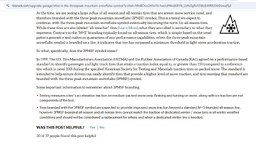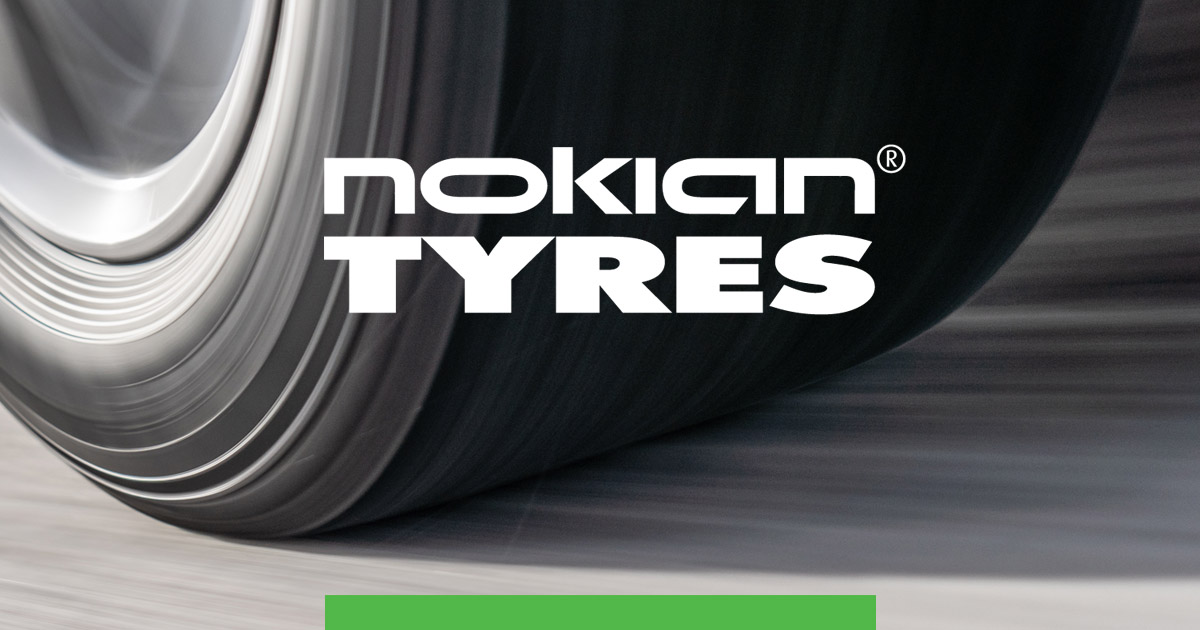
Company recalls more than 541,000 winter tires over lack of traction in snow
Owner notification letters should be mailed out by February 1, 2025.
Follow along with the video below to see how to install our site as a web app on your home screen.
Note: This feature may not be available in some browsers.

Winter tire have a "Snow Flake" marking on the sidewall.
M + S alone does not qualify for winter tires.
View attachment 2567
"Snow Flake" tires have a softer rubber composition than most non-snowflake tires.
Snowflake tire wear out faster than non-snow flake tires.
Where I live, snowflake tires are required by law for 6 months of the year.

Good plan. The Finns know a bit about winter.I just stick with what my Finnish brother in laws advise for tyres.

I'm aware. Half my family lives in rural Alaska where the maintained roads are compacted snow/ice with a sprinkle of gravel at intersections, and most arent.There's plenty of places in the world where the approach to winter road maintenance is "There's snow. Deal with it." Scraping every last snowflake off the road and dumping tons of salt or other deicing chemicals is not the universal approach.
Good plan. The Finns know a bit about winter.
Hakkapeliitta (now Nokian) are the best winter tires in my experience.

Passenger car winter tires / Nokian Tyres
Find the right tires for your vehicle for safe and comfortable driving. Get to know all Nokian Tyres products and find a dealer near you. Numerous innovations, over one hundred winter tire patents, and high rankings in magazine tests year after year have made the Nokian Tyres winter tires legendary.www.nokiantyres.com
Here in Toronto Canada, it snows, and then they clear the roads. The clearing does not happen instantly. In the meantime, we must deal with the slippery conditions. I cannot image anyone else doing better enough to justify sticking with summer tires.Well, no.
There's plenty of places in the world where the approach to winter road maintenance is "There's snow. Deal with it." Scraping every last snowflake off the road and dumping tons of salt or other deicing chemicals is not the universal approach.
Things are slipping in Toronto.Here in Toronto Canada, it snows, and then they clear the roads. The clearing does not happen instantly. In the meantime, we must deal with the slippery conditions. I cannot image anyone else doing better enough to justify sticking with summer tires.
Things are slipping in Toronto.
I haven't been there for years but I remember the roads being preemptively salted when there was a forecast of snow.
The snow would melt as it fell on the salted roads, (or not).
Driving the 401 from Windsor out past Toronto for example is like idling down an airport taxiway - a massive, beautifully smooth, empty road with 100kph rural, 80 kph urban limits.
No one, other than DOT would be requiring anything for winter/summer tires; it's just that the rubber formulation in winter tires would result in excess wear or softness on bare pavement or summer temperatures. Given the often shorter duration of winter, it makes sense to me to save the winter tires for winter and use the usually cheaper tires for the rest of the year.If winter tires were required, would I be required to put my regular tires back on in the summer, and if so, then why?
If winter tires were required, would I be required to put my regular tires back on in the summer, and if so, then why?
